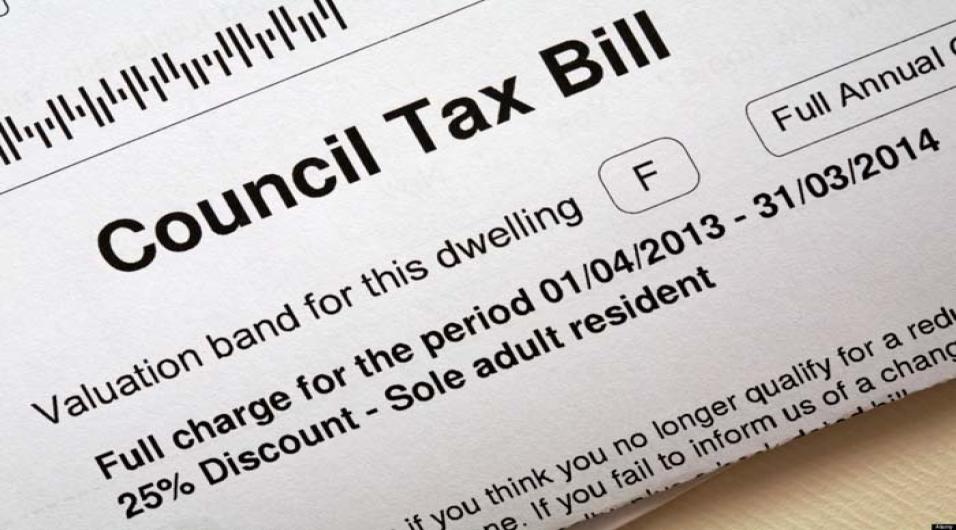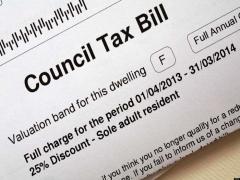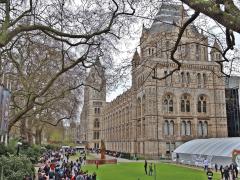
Council Tax in the UK
Council Tax is a significant financial obligation for residents in the United Kingdom, playing a crucial role in funding local services such as schools, waste management, and social care. Understanding the factors that influence Council Tax costs, regional disparities in these costs, and the public perception and challenges associated with this taxation system is essential for policymakers and residents alike. This essay delves into a detailed analysis of Council Tax costs in the UK, exploring the intricacies of its determinants, regional variations, and implications for different segments of the population.
Council Tax costs in the UK are influenced by a multitude of factors, with property value standing out as a primary determinant. Properties are assigned to valuation bands by the government based on their market value as of April 1991 in England, Scotland, and Wales, or 1993 in Northern Ireland. Higher valued properties fall into higher bands, attracting greater Council Tax charges. Moreover, local authorities have the autonomy to set Council Tax rates within these bands, with decisions influenced by budget allocations and spending priorities. For instance, areas with high demand for social services may levy higher Council Tax rates to meet the needs of their residents. Additionally, government policies such as funding cuts or grants impact Council Tax rates, as local authorities adjust their charges in response to changes in central government support.
Regional disparities play a significant role in determining Council Tax costs across different areas in the UK. Property prices exhibit substantial variation between regions, leading to disparities in Council Tax liabilities. For instance, properties in London and the South East are often valued higher than those in Northern regions, resulting in higher Council Tax bills for residents in the former areas. Furthermore, differences in local authority priorities and spending contribute to variations in Council Tax rates. Authorities with a focus on investing in infrastructure and public services may have higher Council Tax charges compared to those prioritizing cost-cutting measures. Demographic factors such as population density and income levels also influence Council Tax distribution, with areas characterized by a higher concentration of low-income households facing challenges in meeting their Council Tax obligations.
The public perception of Council Tax in the UK is shaped by transparency issues in its calculation and collection processes. Residents often express concerns regarding the lack of clarity in how Council Tax rates are determined and allocated, leading to skepticism about the fairness of the system. Moreover, low-income households face challenges in meeting their Council Tax payments, with some resorting to payment plans or facing debt accumulation. The effectiveness of Council Tax in funding local services is also a subject of debate, with questions arising about whether the current system adequately meets the diverse needs of communities. Addressing these challenges requires a comprehensive review of Council Tax policies and practices to ensure transparency, fairness, and efficiency in its implementation.
In conclusion, Council Tax costs in the UK are influenced by a complex interplay of factors, including property value, local authority decisions, government policies, regional disparities, public perception, and challenges faced by different segments of the population. Understanding these dynamics is essential for policymakers to design a taxation system that is equitable, transparent, and sustainable. By addressing the issues highlighted in this essay, steps can be taken to enhance the effectiveness of Council Tax in funding local services and ensuring financial stability for all residents.







